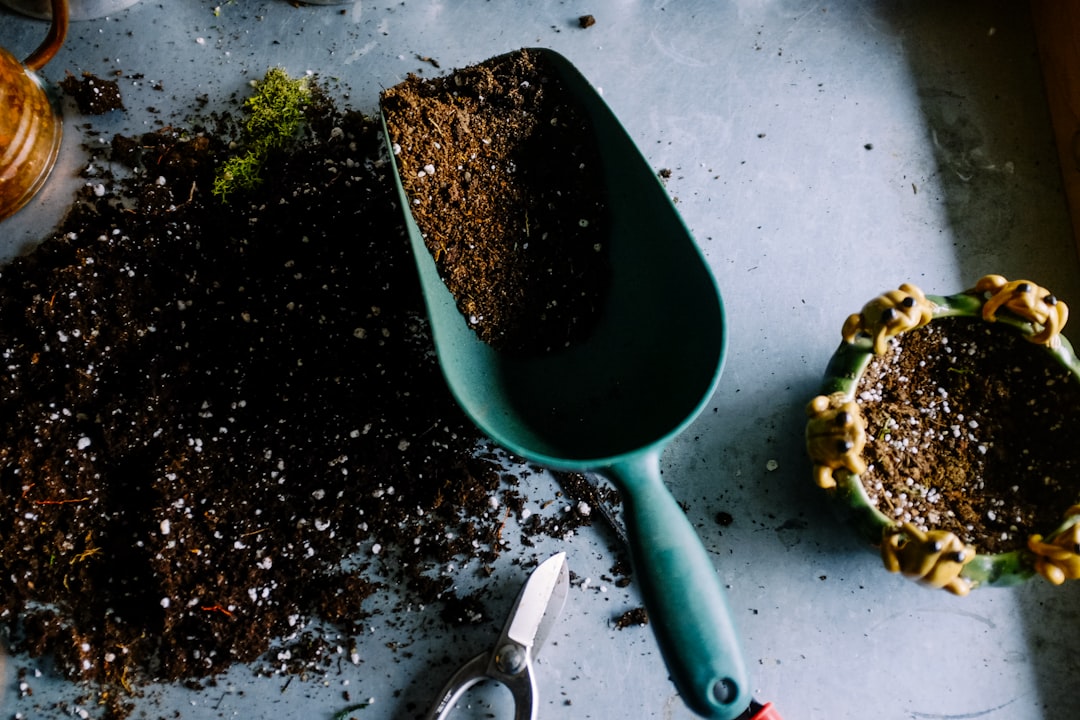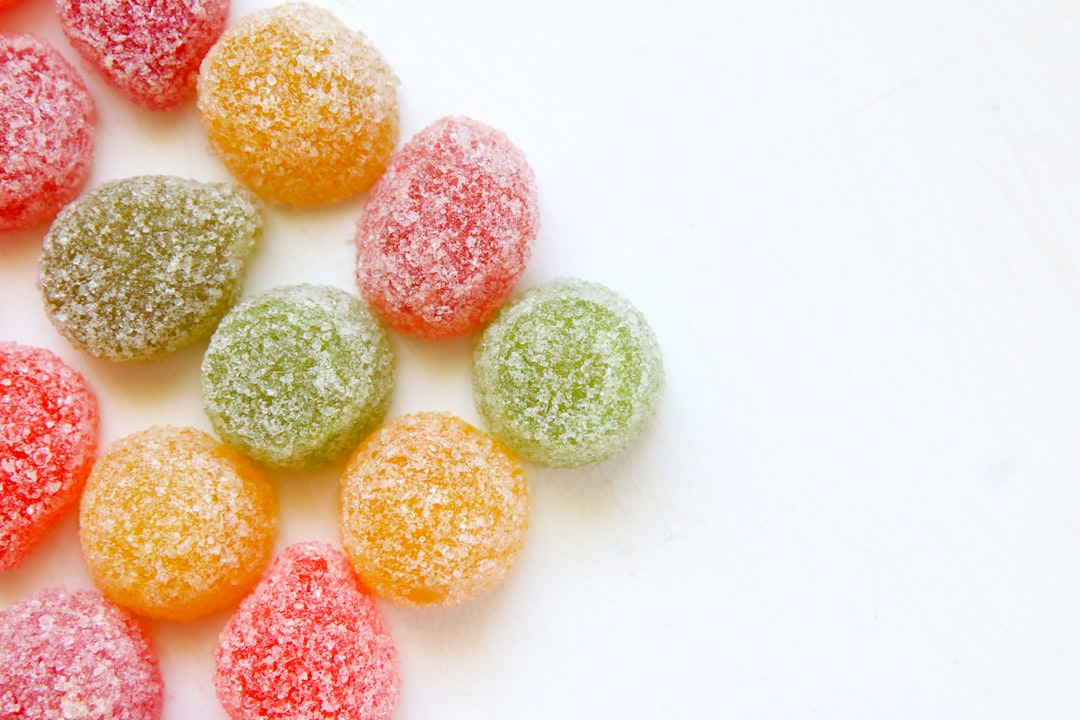What is it about?
We show the possibilities to obtain dense boron carbide (B4C) - based materials by the method of pulsed electric current sintering. The sintering of three groups of materials have been used: B4C; B4C-WC and B4C- W2B5. Structural, mechanical and electrical conductivity properties have been studied.
Featured Image
Why is it important?
Comparing structural (XRD, XPS, SEM), mechanical (hardness, modules of Young, bulk and shear) properties of sintered materials and their electrical conductivity conclusions about the influence of reactive pulsed electrical current sintering have been done.
Perspectives
The method of reactive pulsed electrical current sintering of B4C in the presence of WC or other carbides of IV-VI gr., namely: TiC, ZrC, HfC, VC, NbC, TaC, Cr3C2, Mo2C has a large potential in creation of composite B4C-based materials such as: B4C-TiB2, B4C-ZrB2.....B4C-W2B5 .
Dr Dimitar Radev
Read the Original
This page is a summary of: Synthesis of Boron Carbide by Reactive-Pulsed Electric Current Sintering in the Presence of Tungsten Boride, International Journal of Applied Ceramic Technology, July 2016, Wiley,
DOI: 10.1111/ijac.12575.
You can read the full text:
Contributors
The following have contributed to this page










